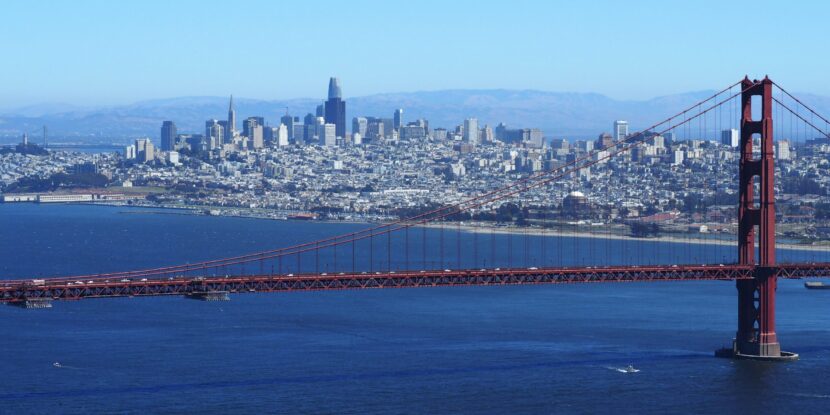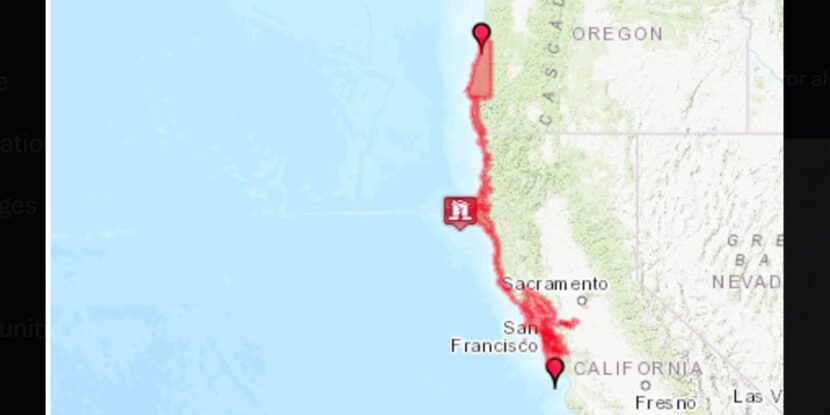❓WHAT HAPPENED: A magnitude 4.3 earthquake struck the San Francisco Bay Area early Monday morning, initially reported as a 4.6 by the United States Geological Survey (USGS) before being downgraded.
👤WHO WAS INVOLVED: The USGS, San Francisco Fire Department, UC Berkeley Seismology Lab, and the National Tsunami Center.
📍WHEN & WHERE: Early Monday morning, September 22, 2025, near the University of California campus in Berkeley, at a depth of 4.8 miles.
🎯IMPACT: The earthquake was widely felt across the Bay Area, but no injuries or significant damage were reported.
Residents of the San Francisco Bay Area were awakened by a magnitude 4.3 earthquake just before 3 AM Monday. The quake, initially reported as a magnitude 4.6 by the United States Geological Survey (USGS), was later downgraded to a 4.4 and then a 4.3. The tremor’s epicenter was near the University of California campus in Berkeley, at a depth of approximately 4.8 miles.
While the earthquake caused items to fall off counters and startled pets, the San Francisco Fire Department confirmed there were no reports of significant damage or injuries. The quake was widely felt across the Bay Area, but no significant structural impacts have been reported as of 5 AM local time.
According to the California Geological Survey, the earthquake occurred near the Hayward fault line, one of the most dangerous fault lines in the region. UC Berkeley’s Seismology Lab notes that the Hayward fault has a 33 percent chance of rupturing in a 6.7 magnitude or greater earthquake before 2043. The Bay Area as a whole faces a 72 percent likelihood of experiencing at least a magnitude 6.7 earthquake within the same time frame.
The National Tsunami Center confirmed via social media that there was no threat of a tsunami following the earthquake. The National Pulse reported in July that Southern California experienced a magnitude 4.4 earthquake in late July, with the epicenter recorded roughly four miles west of Muscoy, California, about 50 miles east of downtown Los Angeles.
Join Pulse+ to comment below, and receive exclusive e-mail analyses.



